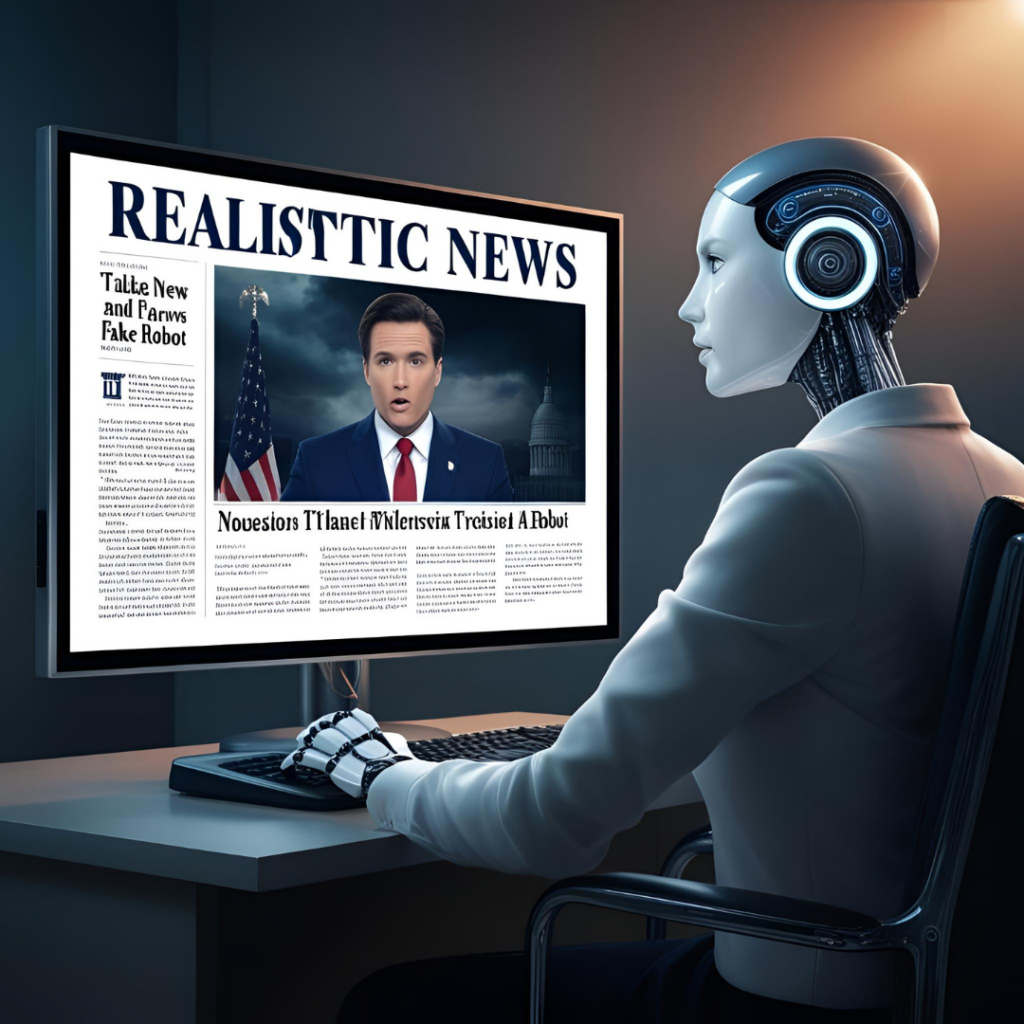In this era of explosive digital technology development, artificial intelligence (AI) is not only changing how we work but also reshaping the entire world of digital imagery. Advanced AI image generation tools like ChatGPT (with image creation capabilities), Midjourney, DALL·E, and similar platforms can now create “fake yet realistic” images that make it incredibly difficult for viewers to distinguish between what’s real and what’s AI-generated.
Initially, I too was impressed and excited by the unlimited creativity this technology offers. You simply describe a scene in your mind, and seconds later—boom!—an image seemingly pulled straight from your imagination appears before your eyes. This represents a major advancement for design, advertising, education, and art.

But then I began to worry.
What happens when these realistic-looking images are used with malicious intent? When an image “seemingly” captures a real moment, but is actually entirely the product of text prompts converted into imagery by AI? How will we cope when “photographic evidence” can no longer be trusted?
The truth is: when powerful tools fall into the hands of those with bad intentions, the consequences can be far more serious than we imagine. Fake news, media manipulation, fabricated events—all can be created with just a few clicks.

What should we do?
Not turn our backs on technology—that’s neither possible nor desirable. But we need to learn how to understand and interact with it consciously.
- Learn to verify image sources
- Use metadata checking tools or reverse image search
- When sharing a “shocking” image, pause for a few seconds to ask yourself: “Could this be an AI-generated image?”
Technology itself isn’t evil. The issue lies in how we use it. And at this moment, the ability to distinguish between real and fake has become an essential part of our “digital literacy skills.”
You can interested in
Robots and Automation: The Future is Here
Gemini’s Got Eyes Now – And It’s a Game Changer
OpenAI Invests in Adaptive Security to Combat AI-Driven Threats




